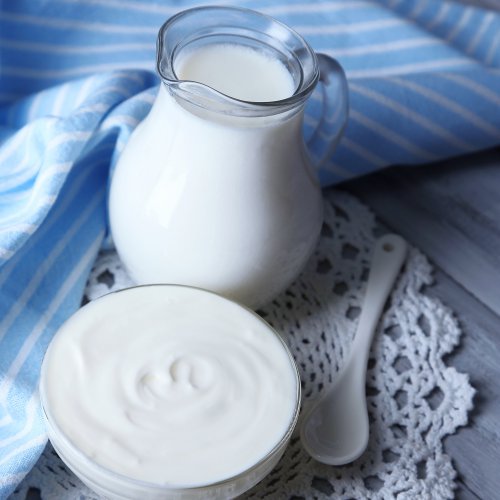
The new question that’s gaining momentum all over the ‘health-starved’ world is “Can Nutrition cure?”
What is nutrition? Is it not the same as food? No! Junk food is not nutritious! Food is the combination of nutrition and waste. Nutrition is that which is absorbed by the body for utilization to build and sustain the body and waste is excreted to prevent buildup of toxins in the body. The study of Nutrition as a prophylactic or as a medicine is called ‘Nutriceuticals’ or ‘Nutraceuticals’ and is the fastest growing sector for healthcare in the western world. Based on the above definition of nutrition, does water becomes a nutrient? Yes it does! Thus the evolution of the concept of hydrotherapy and the reason there are so many moisturizers in the global market! But water is not only the most important nutrient but also the sole carrier of nutrients inwards and wastes outwards in the body.
In the contemporary medical world, ‘Cure’ is explained and understood as the apparent diminution or removal of symptoms. This is established not by dealing with the cause, but only by reducing or removing the capacity of the patient to perceive these symptoms. Hence the cure is illusory and not real. Often, it transforms one disease into another – and that is wrongly perceived as the cure of the former and the latter as the side effect. Often, side effects cause more sufferance than the original disease as in cancer treatments through chemotherapy & radiation. ‘Cure’ is the complete elimination of the symptoms (not suppression) thereby restoring the body to normalcy with a sense of well-being.
A disease is a ‘Vector’, which is a qualitative identity with a quantitative force. Where it originates and how it progresses has never been thoroughly understood. Effects are interpreted as causes, generating limitless confusion in the path of understanding the true origin of a disease. This sub-optimal understanding led to the concept of treating a disease by developing another ‘vector’ (drug) that squarely opposes the original ‘vector’ (disease) in order to nullify its perceived existence or dynamic manifestation. This results in the two vectors being at logger-heads and invariably in the suppression of symptoms and not in the elimination of them. In addition, the two interacting vectors engender several small component or large resultant vectors which are easily explained as side-effects and brushed away!
The only way to ‘cure’ is to deal with the cause rather than the symptoms; to dissipate the disease vector rather than to oppose it. This is exactly what ‘Nutrition’ can do - the key word is a ‘Harmonious Nutrition’. In Ayurveda, it is called ‘Sameekruta Aharam’ or integrated food. The most important part of an integrated diet is ‘Probiotics’ which is the exact opposite of ‘Antibiotics’. Our traditional routine of consuming dahi (curds or yoghurt) in India with every meal is a practice of probiotics. The microorganism Lactobacillus in the yoghurt helps keep the intestines very clean by aiding digestion, consuming the unwanted byproducts of digestion while proliferating and depriving food for the harmful bacteria, thereby preventing their proliferation and causing disease. A healthy stomach is the foundation for a healthy body!
Probiotics enhance the vitality of living cells in the intestines to a great extent that not only are they capable of enhanced self-survival, but they are also able to overcome exposure to chemical toxicity or harmful bacteria due to consumption of unhygienic food. Modern drugs are self-limiting due to their inherent nature – application for a specific condition and causing drug-resistance. Probiotics as a nutrient can act on a much wider and varied spectrum of diseased conditions when consumed singularly or in combination, as they are not inherently self-limiting in nature or self-defeating (causing any kind of resistance) upon long usage.
Nutrients are simple substances like Turmeric, Ginger, Pepper and Coriander that are routinely used as taste enhancers or modifiers that possess curative and/or prophylactic properties for varied disease conditions and act as ‘medicines’.
There is little quantitative space owing to the large number of health care products flooding the market; but there is a large qualitative gap between the demand and supply of health care products in terms of efficacy and effectiveness in providing relief and complete cure. This sincere and honest observation should propel the healthcare industry to commit to developing new products that can act as a ‘medicine’ without being a ‘drug’.